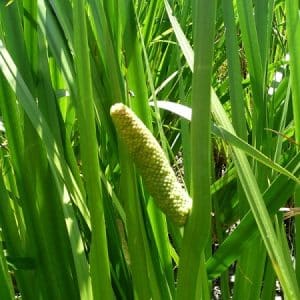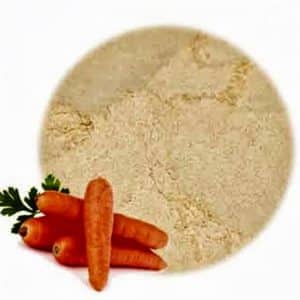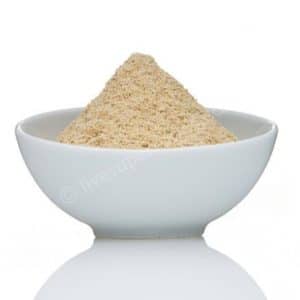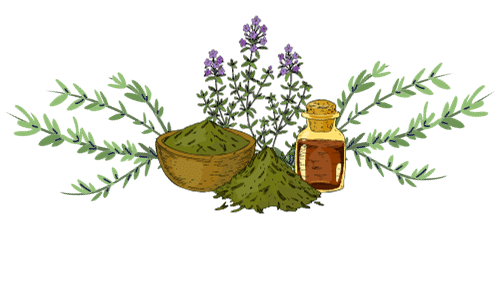Myrrh is a resin, or sap-like substance, that comes from a tree called Commiphora myrrha, common in Africa or the Middle East. Myrrh is botanically related to Frankincense, and is one of the most widely used essential oils in the world.
The myrrh tree is distinctive due to its white flowers and knotted trunk. At times, the tree has very few leaves due to the dry desert conditions where it grows. It can sometimes take on an odd and twisted shape due to the harsh weather and wind.
In order to harvest myrrh the tree trunks must be cut into to release the resin. The resin is allowed to dry and begins to look like tears all along the tree trunk. The resin is then collected and the essential oil is made from the sap via steam distillation.
Myrrh oil has a smoky, sweet or sometimes bitter smell. The word myrrh comes from the Arabic word murr meaning bitter. The oil is a yellowish, orange color with a viscous consistency. It is commonly used as a base for perfume and other fragrances.
Two primary active compounds are found in myrrh, called terpenoids and sesquiterpenes, both of which have anti-inflammatory and antioxidant effects. Sesquiterpenes specifically also have an effect on our emotional center in the hypothalamus, helping us remain calm and balanced. Both of these compounds are under investigation for their anticancer, antibacterial benefits as well as other potential therapeutic uses.
Myrrh essential oil has been used for thousands of years in traditional healing therapies and in religious ceremonies. Common myrrh oil uses historically, include:
The Chinese frequently used myrrh as a medicine, and it remains a part of traditional Chinese medicine to this day. The main myrrh oil use by the Egyptians was for embalming and the Jews used it to make the holy anointing oil that was used in worship services.
The most common historical myrrh oil use was to burn the resin over hot coals. This would release a mysterious, spiritual presence into any room before a religious ceremony. It has also been used in aromatherapy for its meditative quality or for prayer, usually in combination with frankincense.
The smell of myrrh has been traditionally seen as a symbol of suffering, burned at funerals or other sad events. But, at times myrrh is blended with citrus oils to help produce a more uplifting aroma. These lighter blends have been used to help promote inspiration and emotional insight.
Myrrh Oil Benefits
Potent Antioxidant
A 2010 study in the journal of Food and Chemical Toxicology found that myrrh could protect against liver damage due to its high antioxidant capacity. Although this particular study was conducted with rabbits, there is some potential for uses in humans also.
Anti-Cancer Benefits
Myrrh has also been found to have anti-cancer benefits. A 2011 found that myrrh was able to reduce the proliferation or replication of human cancer cells. Researchers found that myrrh inhibited growth in eight different types of cancer cells, specifically gynecological cancers. Although further research is needed to determine exactly how to use myrrh for cancer treatment, this initial research is promising.
Anti-Bacterial and Anti-Fungal Benefits
Historically, myrrh was used to treat wounds and prevent infections. It can still be used in this manner on minor skin irritations such as athletes foot, ring worm, and acne. Apply a few drops to a clean towel first before applying it directly to the skin.
Anti-Parasitic
A medication has been developed using myrrh as a treatment for fascioliasis infection, a parasite that has been infecting humans worldwide. This parasite is generally transmitted by ingesting aquatic algae and other plants. A medication made with myrrh was able to decrease symptoms of the infection, as well as a drop in parasite egg count found in the feces.
Skin Health
Myrrh can help maintain healthy skin. It can help soothe chapped or cracked skin. It is commonly added to skin care products to help with moisturizing and also for fragrance. Ancient Egyptians used it to prevent aging and maintain healthy skin.
Relaxation Myrrh is commonly used in aromatherapy for massages. It can also be added to a warm bath or applied directly to the skin.




